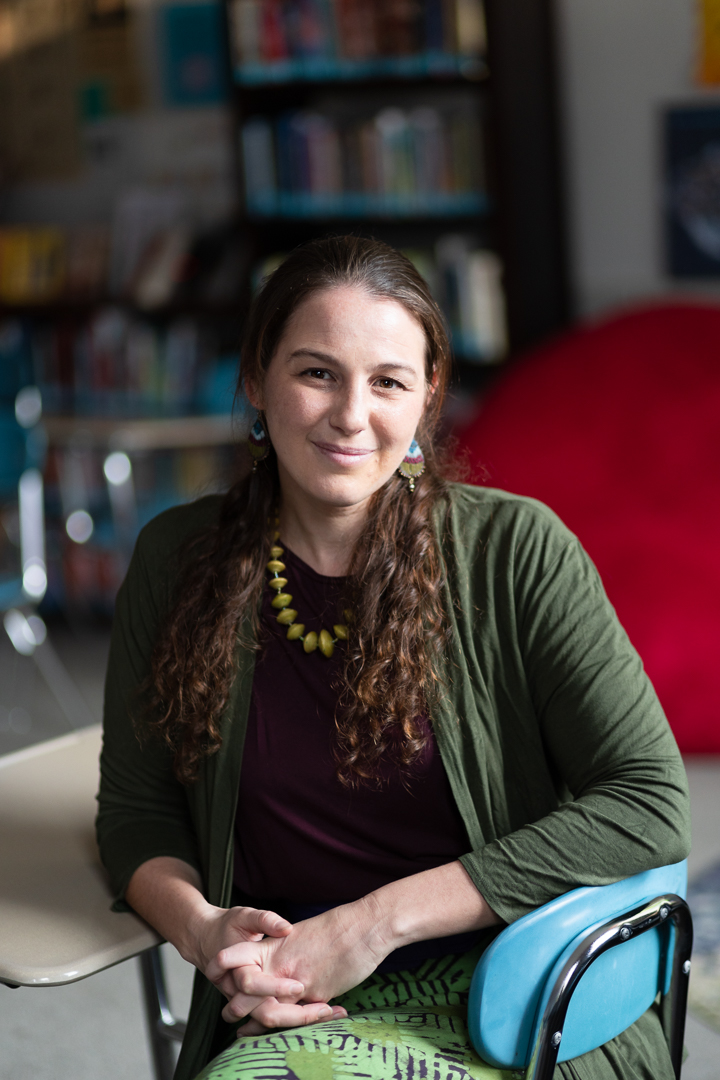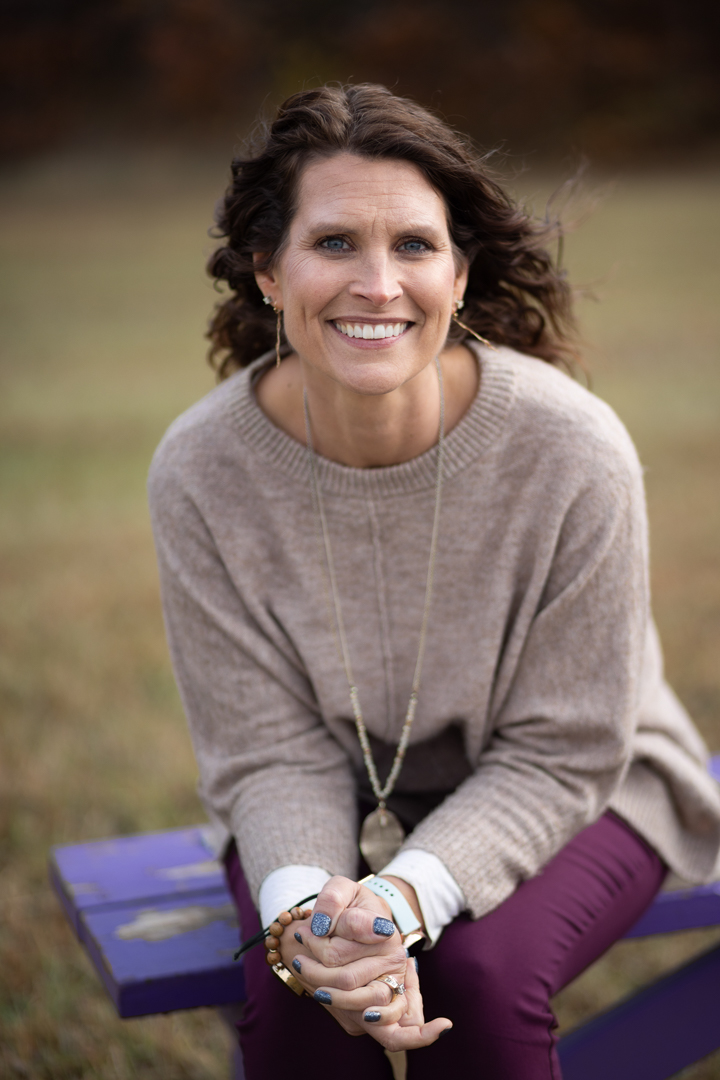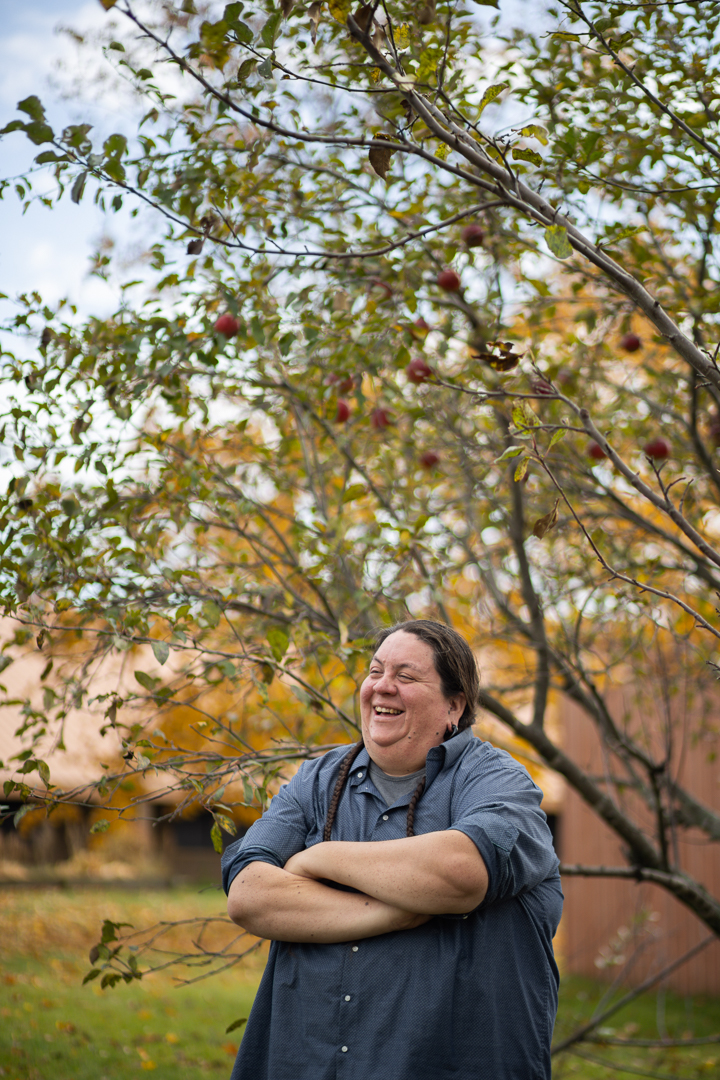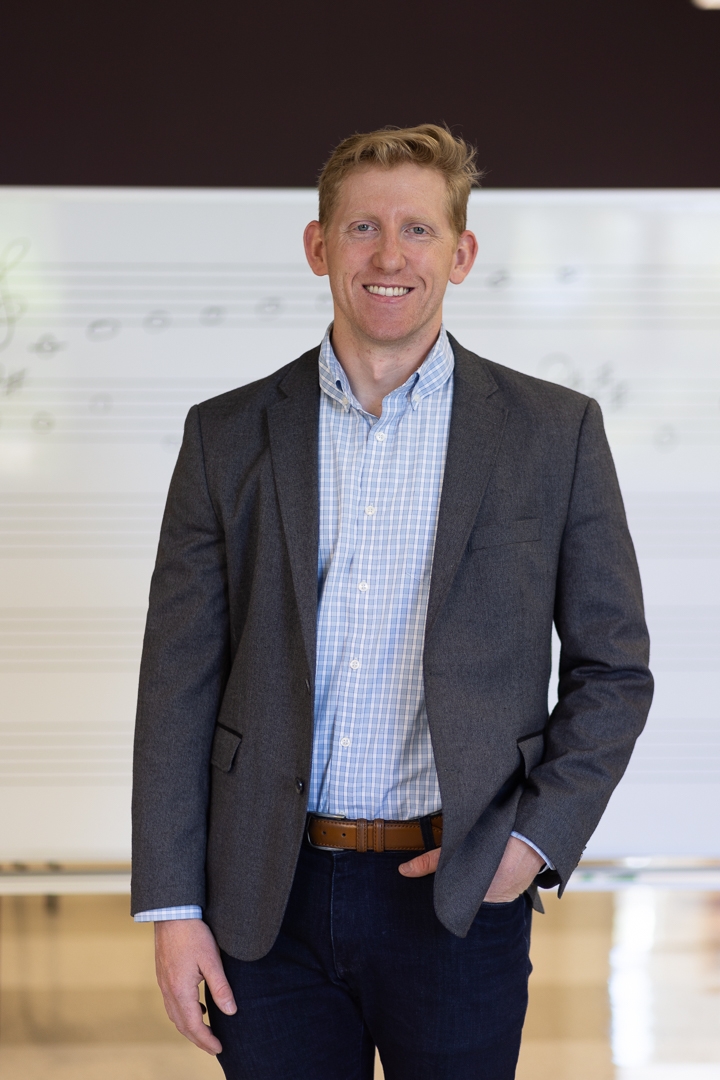Teacher stories, interviews, and videos related to high school.
Students have so many things that they have to do, both academically and non-academically, and I think it gets very easy for adults, whether they work in classrooms or not, to not have empathy for what students are going through developmentally, emotionally, academically.
One of the differences between learning from an AI program and learning with a teacher in a dialectical manner is that you don't have that empathy, connection, dialogue.
All of our kids have so much potential and deserve for someone to have high expectations of them and to help them improve and grow, whatever that means for them.
My connection with a student was able to save her life.
I was her Business teacher. And there was a point where she was always in class, always participating. She was actually one of my best students. But during the course of the first year I had her, she started missing class.
It was about the third classroom I walked into that I saw a distinct pattern. It was in the written instructions that the teacher would leave for me. It's called the sub plans. And at the bottom of all the sub plans was always a list of students' names.
And above that list of names was a title.
And that title said, “Problem students.”
The fear in my mind of saying the wrong thing is a fear I have as a teacher constantly.
And that scares me as an educator who constantly is trying to create positive dialogue that considers all sides of the debate.
I remember that Monday morning getting an email from our principal. We had lost a student. And I froze. I remember calling to the security guards, “Hey, watch my class.”
I have the honor and joy of teaching U.S. history and civics to recent immigrant and refugee students. My students come from more than 30 countries: from Colombia, to the Democratic Republic of the Congo, to Cambodia. Most of my students have been in the U.S. for less than five years.
Early on in my career, I was more afraid of talking to parents. But I had a principal who said, ‘If you're not calling them first with a positive, then when you call them with a negative, it's going to be harder.’ So I tried to do that. And I have had great success with parents trusting me and knowing that I have their kids’ best interests at heart.
I was full-on ready to be a full-time artist. And then I was invited to be a teacher at a summer institute in Denver, through the Native American Youth Outreach Program. I think it was seeing those kids connect to our traditional arts — part of our cultural inheritance that they had little exposure to before. It was seeing kids connect to our indigenous ways that changed me.
I was the kid who was under the table with a fireman's helmet on, covering his ears because he didn't understand what people were saying. I would get frustrated all the time because I didn't understand multiple syllable words. So in elementary school, I was diagnosed with dyslexia.



